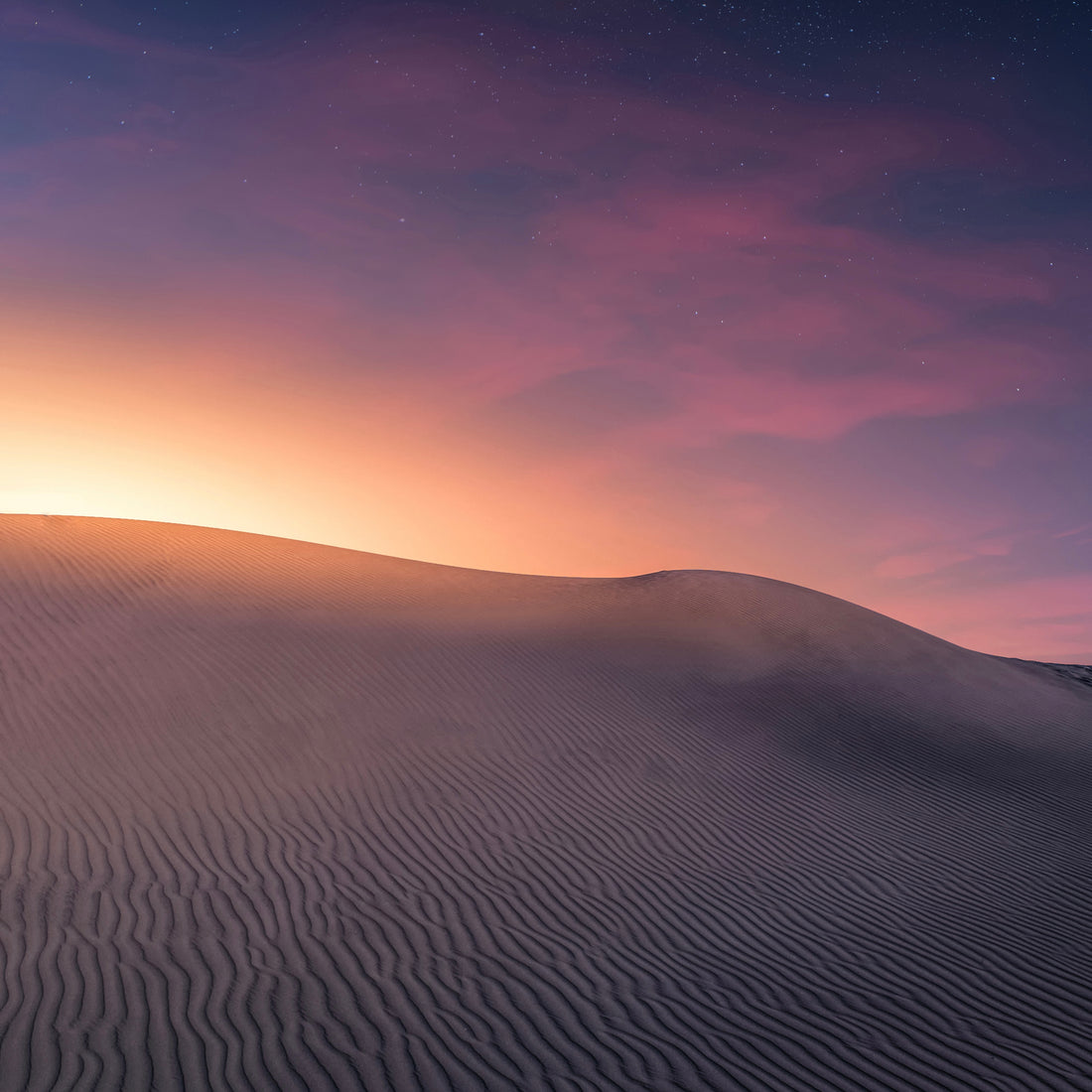Sunset photography is an amazing way to capture the beauty of nature when the sun is setting. It is a time where the sky transforms into a mesmerizing canvas of colors, from orange to red to purple, and photographers can immortalize this scenic view through their lenses.
As a photographer, capturing the perfect sunset shot can be quite a challenging yet rewarding experience. However, to capture the perfect sunset shot, choosing the right equipment and setting is crucial. In this blog post, we will discuss the must-have equipment and the best settings for taking stunning photographs during sunset.
Equipment for Sunset Photography

Camera: You can take sunset photos with any camera—even a smartphone! But it helps if you have a DSLR, mirrorless, or point-and-shoot, as long as it allows manual control over shutter speed and aperture.
Lens: A wide-angle lens is recommended for sunset photography because it captures the vastness of the sky and the surrounding landscape in a single shot. A focal length between 16mm and 35mm is ideal.
Tripod: Using a tripod can help reduce camera shake, ensuring sharp and crisp images. Sunset photography requires longer exposures, and a tripod can provide the stability needed to achieve those long shots.
Remote Shutter Release: To avoid touching the camera and causing any shake, using a remote shutter release, or cable release is advised.
Filters: Using a graduated neutral density filter or a polarizing filter helps reduce glare and balance the exposure between the sky and the landscape.
Settings for Sunset Photography
1. Use Manual Mode
When shooting sunset photos, it is best to use the manual mode on your camera. This option allows you to have complete control over your camera settings and gives you the flexibility to adjust them based on lighting conditions.
2. Set Your ISO Low
To capture the best sunset photos, set your ISO as low as possible to reduce noise and maintain image quality. Start by setting your ISO to 100 and adjust accordingly if needed to capture enough light.
3. Use a Low Shutter Speed
A lower shutter speed will allow more light into your camera, providing you with a brighter image. However, using too slow of a shutter speed can cause blurry images, so it's essential to strike a balance between the two. Use a slow shutter speed to capture movement in the sky, such as clouds or waves. A shutter speed between 1/30 to 1/125 is recommended.
4. Use Aperture Priority Mode
Aperture Priority mode is an excellent option for sunsets because it lets you choose the aperture while automatically adjusting the shutter speed for you. Typically, setting your aperture from f/8 to f/16 is a great starting point for sunsets that allows to achieve a shallow depth of field that blurs the background while keeping the main subject in focus.
5. White Balance
Adjust your white balance to either "Cloudy" or "Daylight" mode to preserve the warm tones of the sunset.
6. Shoot in RAW Format
Shooting in RAW format allows you to capture all the details in your sunset images, giving you more flexibility when editing your photos later on. It also helps to ensure that your images remain high-quality.
In conclusion, sunset photography requires patience, practice, and experimentation. Remember to keep your ISO low, use a low shutter speed, use aperture priority mode, shoot in RAW format, and use a tripod. By following these tips, you can produce images that will transform your memories of the sunset into a captivating work of art. Happy shooting!


